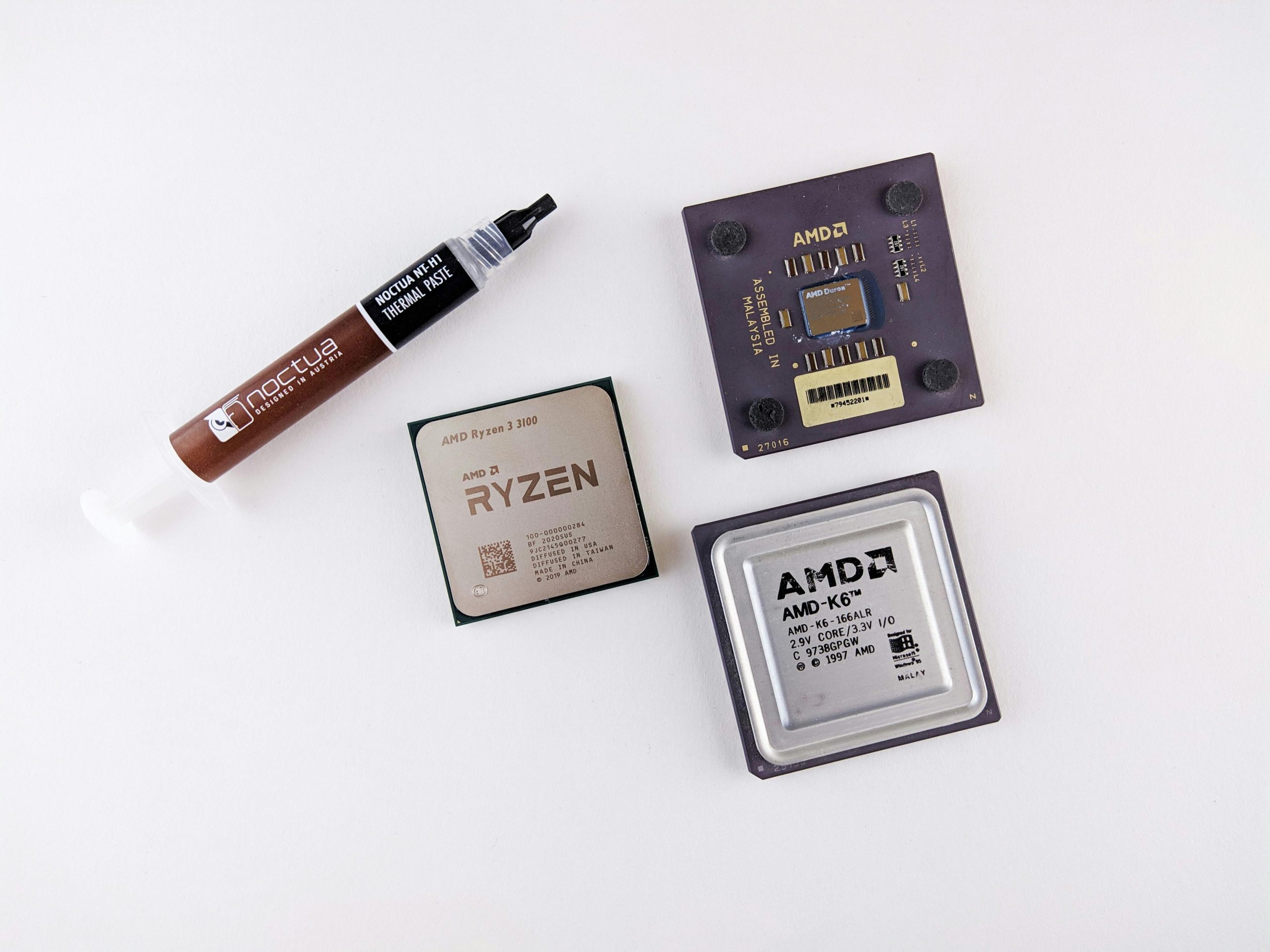How to Install Windows on Your PC via USB: A Step-by-Step Guide
If you’ve been navigating the digital landscape without a legitimate version of Windows for a while, you’re certainly not alone. Many users find themselves in similar situations, relying on unauthorized copies that may eventually lead to various complications. If you’ve decided it’s time to rectify this and install an official version of Windows on your PC, you’re making a wise choice.
In this guide, we’ll walk you through the straightforward process of installing Windows using a USB drive.
The Situation
You’ve been using your computer without an official Windows installation for the past three years. Initially, you turned to a “free” version from a friend, but after some time, you started experiencing issues. Your desktop background might have looked nice, but the underlying problems are now too significant to ignore. You’ve decided to take the plunge and invest in a legitimate copy of Windows, opting for a fresh start by erasing everything on your PC.
Getting Started
The good news is that installing Windows via USB is often simpler than you might think. Here’s a step-by-step process to help you through it:
-
Purchase a Windows License: First and foremost, ensure you have a genuine Windows license. You can buy a copy from the Microsoft Store or authorized retailers.
-
Create a Bootable USB Drive:
- You’ll need a USB flash drive with at least 8GB of free space.
- Download the Microsoft Media Creation Tool from the official Microsoft website. This tool will help you create a bootable USB.
-
Open the tool and follow the on-screen prompts: Select “Create installation media (USB flash drive)” and choose the appropriate version of Windows for your needs.
-
Prepare Your PC:
- Insert the bootable USB drive into your computer.
-
Restart your PC and enter the BIOS/UEFI settings. The key to access these settings varies by manufacturer (commonly F2, F10, DEL, or ESC).
-
Change the Boot Order:
-
Within the BIOS menu, look for the boot options. Set the USB drive as the primary boot device. This will ensure your PC boots from the USB when it starts.
-
Install Windows:
- Save your changes and exit the BIOS. Your PC should now boot from the USB drive.
- Follow the on-screen instructions that appear. You’ll have the option
Share this content:



